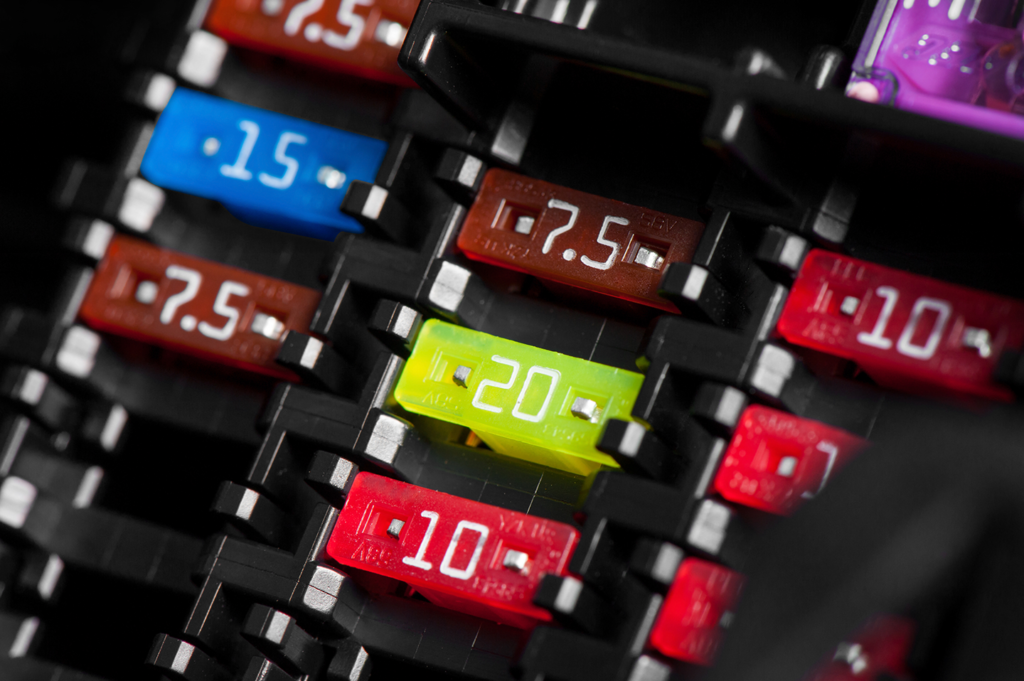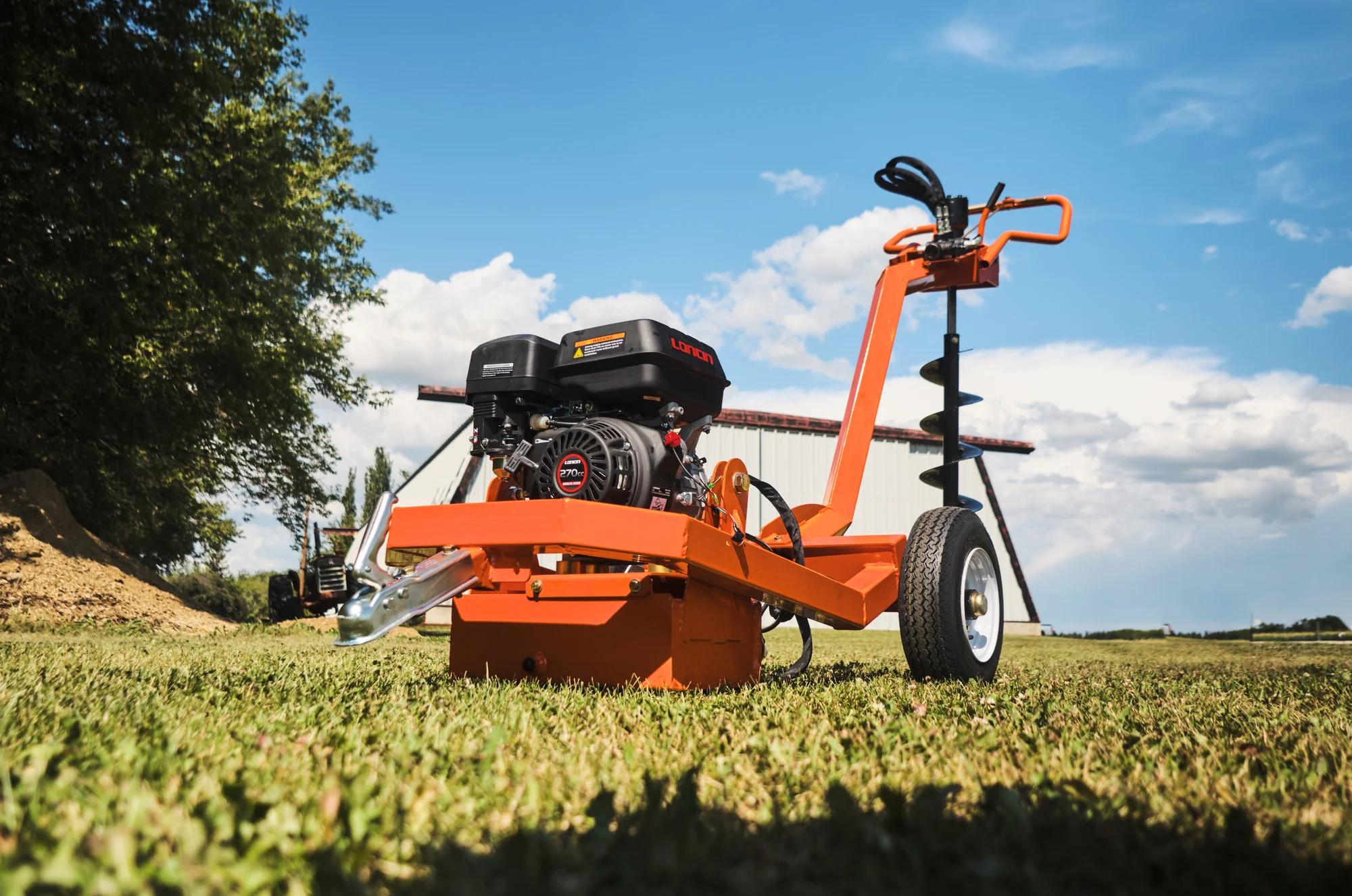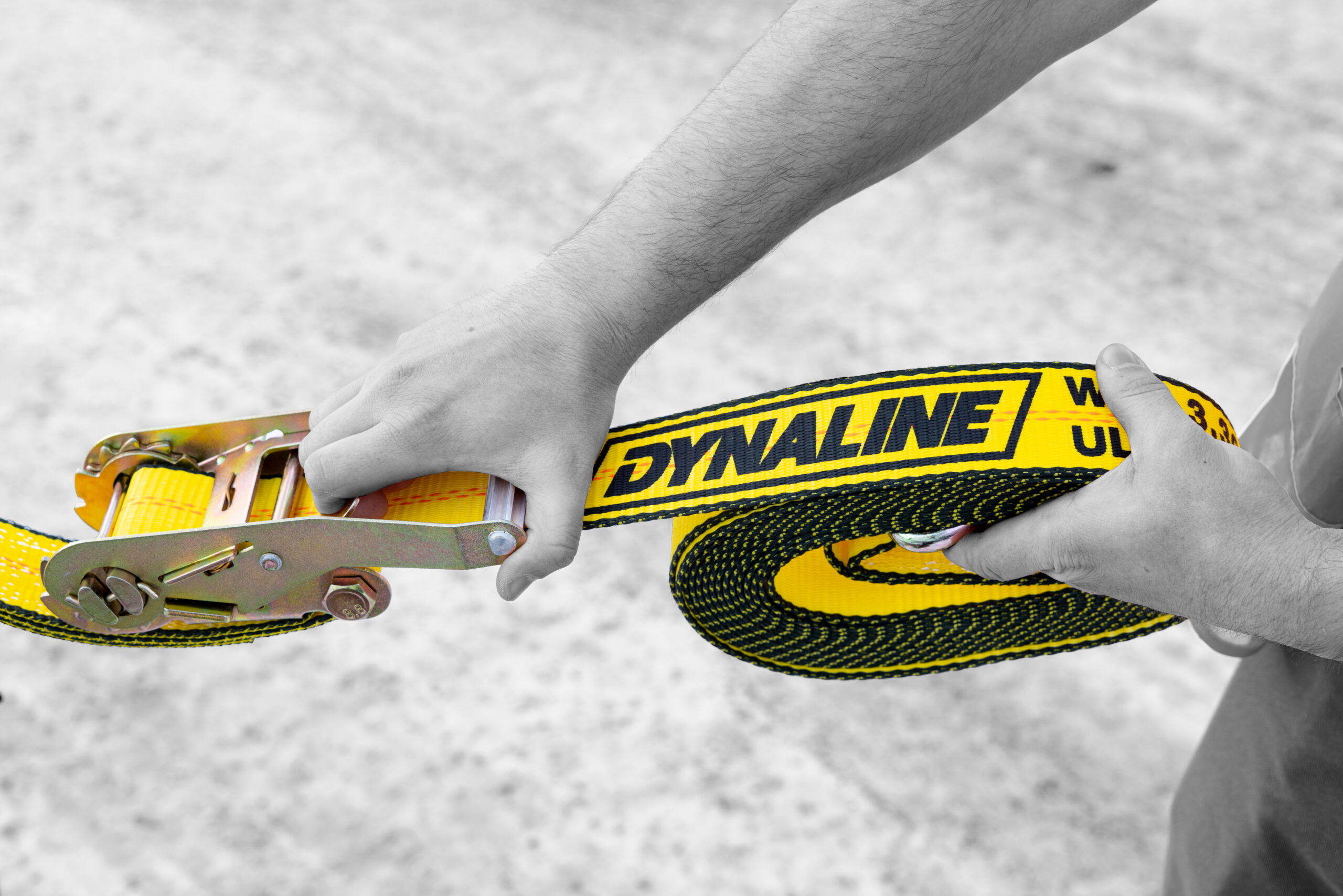A Quick Guide to Auto Fuses: What They Are and Why They Matter
From: Dynaline
Every modern vehicle depends on a network of electrical systems. Headlights, power windows, dashboard displays and radios all depend on these electrical systems. Behind the scenes, one of the smallest components plays one of the biggest roles in keeping those systems safe: the fuse.
Auto fuses are often overlooked until something goes wrong, but they’re critical to protecting your vehicle from electrical overloads. Without them, a short circuit could cause significant wiring damage or even an electrical fire. Understanding what auto fuses are, the types available, and how to replace them is a simple step toward smarter vehicle maintenance.
What Does an Auto Fuse Do?
At its most basic, a fuse is a protective device. Inside the plastic housing is a thin strip of metal designed to carry a specific amount of electrical current. If the current in a circuit rises above that safe level, the metal strip melts and the circuit is broken.
By doing so, the fuse “sacrifices” itself to protect the more expensive and sensitive parts of your vehicle’s electrical system. Instead of burning out a wiring harness or damaging a control module, you’re left with an inexpensive fuse that can be swapped out in minutes.
Think of it like a safeguard. The fuse is invisible when everything is working correctly, but crucial when problems occur.
Common Types of Auto Fuses
Automotive fuses come in several styles and sizes, and while they all serve the same purpose, it’s helpful to know the differences:
Blade Fuses (ATO/ATC, Mini, Micro)
These are the most common type in modern vehicles. They have a colored plastic body with two metal prongs and are available in multiple sizes. Mini and micro blade fuses are especially common in newer vehicles where space is tight.Glass Tube Fuses
Common in older vehicles and certain specialty applications, these cylindrical fuses are easy to spot. While less common today, they still appear in classic cars, motorcycles, and some aftermarket accessories.Maxi Fuses
Larger blade-style fuses designed for high-current circuits like starters, blowers, or power windows. They provide the same protection as smaller fuses but handle heavier loads.
Understanding which type your vehicle uses is important when carrying spares or replacing a blown fuse.

Recognizing a Blown Fuse
If an electrical feature in your vehicle suddenly stops working (say the radio won’t turn on, the headlights cut out, or the windows won’t open) a blown fuse could be the culprit.
Checking a fuse is straightforward:
Locate the fuse box. Most vehicles have one under the dashboard and another in the engine bay.
Remove the fuse for the affected circuit.
Look at the thin metal strip inside. If it’s broken, melted, or burned, the fuse has blown.
Many modern blade fuses are translucent, making it easy to spot the break. Some vehicles also include a diagram on the fuse box cover or in the owner’s manual to help you identify which fuse controls which system.
Choosing the Right Replacement
When replacing a fuse, two factors matter most: the amp rating and the type of fuse. The amp rating, usually printed on the fuse itself and colour-coded, tells you how much current it can safely carry. Replacing a 10-amp fuse with a 15-amp one, for example, may allow too much current through and risk damaging wiring. Replacing it with a lower amp fuse may cause it to blow unnecessarily.
The golden rule: always replace with the same type and rating. Keeping an assortment of common fuses on hand makes this simple and ensures you’re ready when a fuse fails unexpectedly.
Why Carry Spare Fuses?
Fuses are inexpensive, small, and easy to store, which makes keeping spares a smart move for any driver. Having extras in your glove box or tool kit can mean the difference between a quick fix on the road and being stuck without working lights, wipers, or essential accessories.
Some reasons to keep spares handy:
Convenience: Electrical failures usually happen when you least expect them.
Preparedness: Many small fixes require nothing more than swapping in a new fuse.
Peace of mind: Knowing you can address a blown fuse immediately avoids unnecessary stress.
Wrapping Up
Auto fuses may be small, but their role in vehicle safety is enormous. They protect against overloads, prevent costly damage, and keep your electrical systems working as intended. By understanding the basics — what they do, the types available, how to spot a blown fuse, and how to replace it properly — you give yourself an easy maintenance skill that pays off in reliability.
For most drivers, fuses are “out of sight, out of mind” — until one fails. But with a little awareness and a few spares tucked away, you’ll be ready to handle one of the most common electrical issues with confidence.
👉 Looking for the fuses from Dynaline? You can find them here.
Did you find this guide from us helpful? If so, share it with your peers:
RECENT POSTS FROM DYNALINE

Introducing REX Equipment; Powered by Dynaline
Step into tougher terrain with REX Equipment. Discover outdoor equipment and tools that are built to get the job done.

Tackle the Cold with Dynaline’s Trusted Winter Tools
Winter work does not have to slow you down. Explore Dynaline’s collection of winter accessories designed to help you stay prepared, productive, and protected all season long.

A Practical Guide to Cargo Control with Ratchet Straps and Load Binders
Ratchet straps and load binders each play a vital role in cargo control. Learn how to use them together for safe, reliable load securement on any job.
